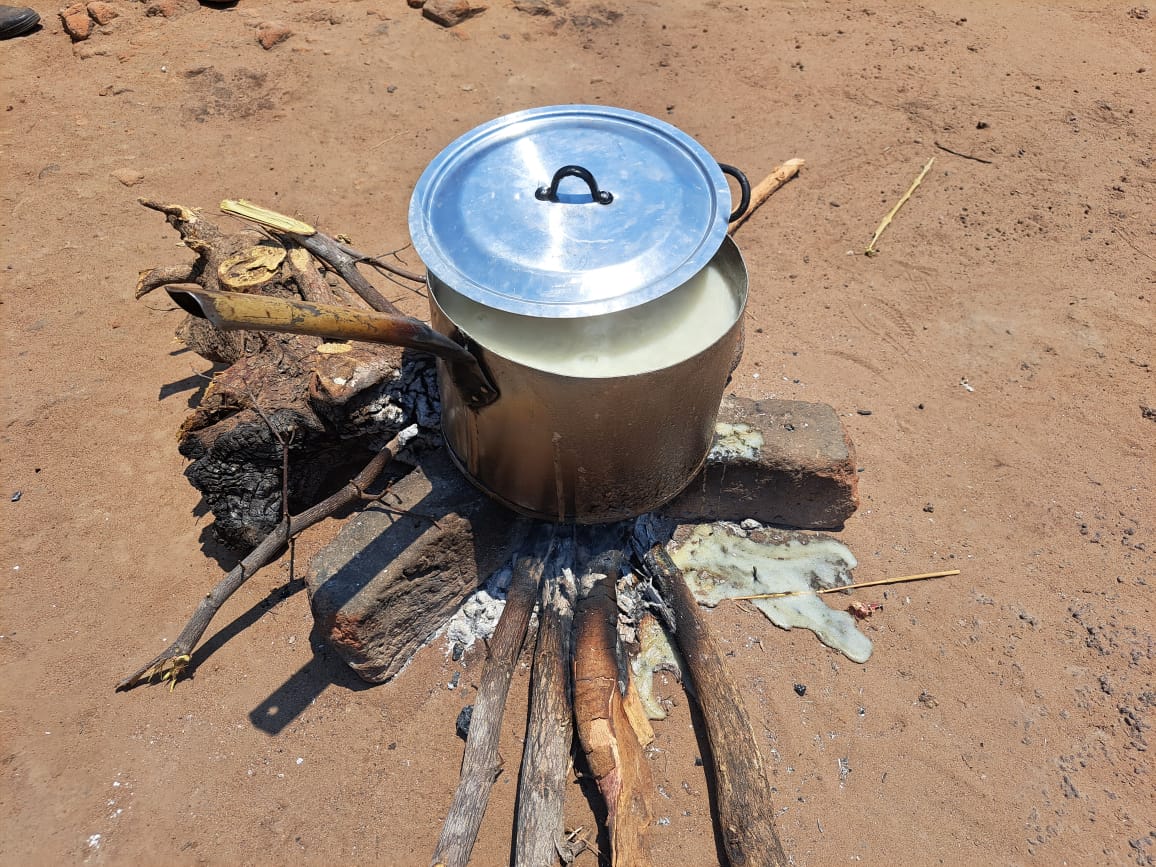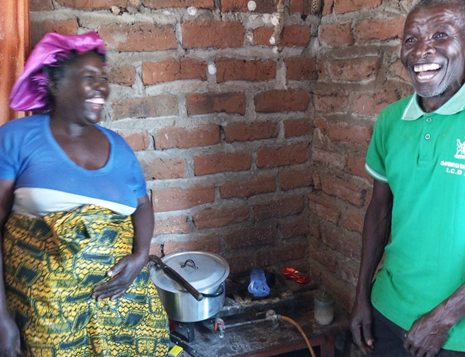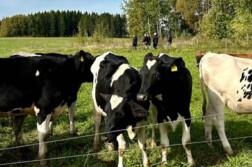“It may take up two to three hours of walking just to find a good spot to collect firewood for cooking”
Mrs. Mbewe
Firewood collection and usage has a toll on women’s livelihoods
Fire- and fuelwood play a major part in the livelihoods of rural Africans. Estimated 90% of wood used in Africa is used for fuel. 63 % of the African population uses firewood for cooking.
The usage and especially the collection of firewood often come with costs.
Collection of firewood takes time, as distances travelled to gather sufficient amounts are often wide. This time is away from other activities, such as wage-work, other economic activities, farm-work, household chores, schooling and leisure. Women are traditionally responsible for firewood collection, and it disproportionately affects women’s time resources, causing time-poverty that maintains monetary poverty.
Firewood collection exposes women to health risks, injuries caused by carrying heavy firewood loads, other types of injuries, and attacks by wild animals. Cooking with wood causes household air pollution that leads to more than 3 million deaths annually.
Firewood usage and collection also has a toll on the environment, increasing deforestation and forest degradation.
Addressing firewood-related issues is critical for improving rural livelihoods, especially those of women, in Africa.
HAMK is actively involved in agricultural development and transforming rural livelihoods in Africa through its Africa projects. Within the EU-funded Z4ABC project, HAMK with Finnish and African partners are exploring opportunities to improve rural livelihoods by, among other activities, incorporating biodigesters and biogas stoves into agricultural value-webs. During our learning visit to Zambia, we witnessed how huge impact a gas stove can have on the families and lives of rural Zambians.
Biogas stove transforms family life
In Katete district – in the Eastern Province of Zambia, ~7 hours from the capital of Lusaka, we met Mrs. and Mr. Mbewe, who had, with the help of a Dutch development organization SNV, established a biodigester on their farm. The biodigester, fed with cow dung daily, provides the couple bioslurry for fertilizing their fields, and biogas for cooking.
The biodigester is an established structure, with underground pipes that take the produced biogas from the digester into the gas stove in the kitchen. The amount of biogas produced by the seven cows on the farm is enough to provide gas needed for all cooking.
The biogas stove has changed the routines of the couple. The gas stove has granted Mrs. Mbewe plenty of time from collecting firewood to do other things or just rest. The couple can now cook as much as they want, as they are not restricted by the amount of firewood nor the time needed to collect it. The stove has even triggered a change in the gender division of household work. Mr. Mbewe revealed that as cooking with the stove is so easy and fast, he sometimes uses it by himself, even as cooking is traditionally and rather strictly considered as a woman’s task. Due to the reduced need for firewood, the natural forest near Mr. and Mrs. Mbewe homestead is regenerating.
The livelihood and wider scale benefits of biogas stoves have also been reported by SNV.
Improvements needed
Despite the various benefits of the biodigester and the biogas stove, there are still some drawbacks with the most common models in the market.
The biodigesters and biogas stoves are stationary. The digester is usually placed either close to the farm animals (for easy dung collection and feeding) or close to the kitchen (for easy piping to the stove). The stove is placed inside the house, in the cooking area. The stationary installation prevents moving the stove based on cooking preferences. On cold days people may prefer to cook inside, but on hot days, or when receiving lots of visitors, they may prefer cooking outside.
Some of the stoves can only fit specific size pots and pans. The stove of Mrs. Mbewe can only accommodate small- or medium-sized pots. If Mrs. Mbewe wants to cook for many people, she needs to use the traditional three-stone stove with firewood (Fig 1).

Compared to open fires, energy-efficient stoves, such as gas stoves, lack the capacity to heat up houses. The heating effect of cooking with firewood may be critical during the cold periods of Zambia when the night temperature can drop below ten degrees Celsius. Studies have concluded, that despite improved stoves and additional fuel types, households practice ‘fuel stacking’, i.e. keep using firewood for cooking alongside the improved practices.
Upscaling biogas stoves
The benefits of the biogas stove still clearly outweigh their drawbacks. After demonstrations on the Mbewe farm, many other farmers have signed up for constructing their own biodigester and stove. People value their time, and that is what the biogas stove provides them. For even faster and wider scale adoption of biodigesters and gas stoves, the potential for making stoves mobile and customizable for different pot sizes needs to be explored.
Correction to the text on March 16th 2023: information added about the funder
Authors
Satu Määttänen, Research assistant in HAMK Bio Research Unit. HAMK Africa Team member.
Eija Laitinen, Principal Research Scientist in HAMK Bio Research Unit. She leads the HAMK Africa Team.




